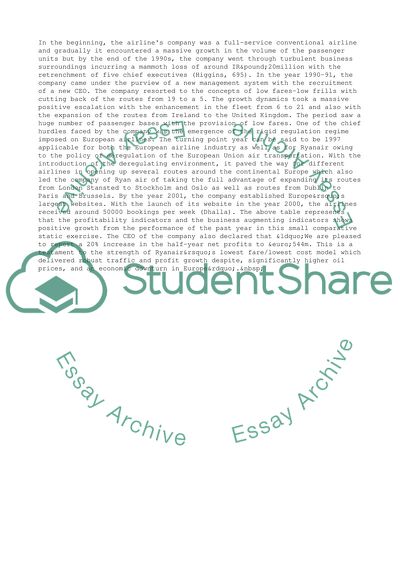Cite this document
(“Business Management Strategy: Ryan Airlines Assignment”, n.d.)
Business Management Strategy: Ryan Airlines Assignment. Retrieved from https://studentshare.org/business/1454040-324km-business-management-strategy-yt-assignment
Business Management Strategy: Ryan Airlines Assignment. Retrieved from https://studentshare.org/business/1454040-324km-business-management-strategy-yt-assignment
(Business Management Strategy: Ryan Airlines Assignment)
Business Management Strategy: Ryan Airlines Assignment. https://studentshare.org/business/1454040-324km-business-management-strategy-yt-assignment.
Business Management Strategy: Ryan Airlines Assignment. https://studentshare.org/business/1454040-324km-business-management-strategy-yt-assignment.
“Business Management Strategy: Ryan Airlines Assignment”, n.d. https://studentshare.org/business/1454040-324km-business-management-strategy-yt-assignment.


